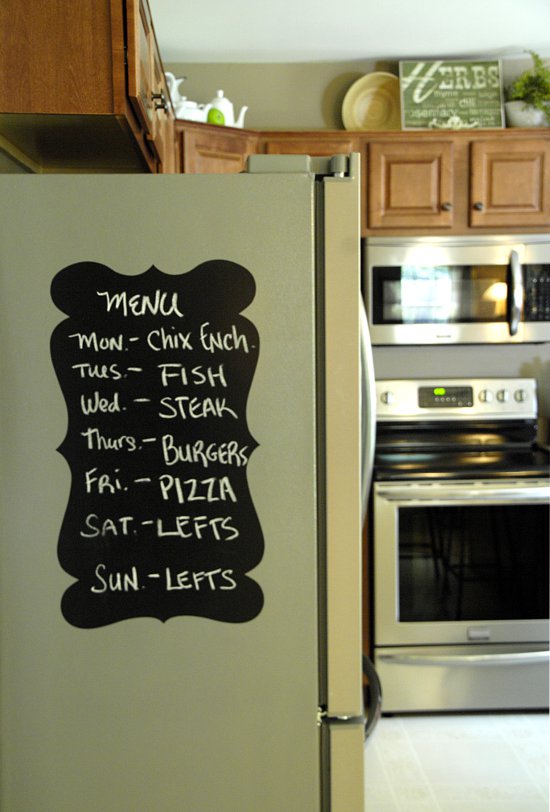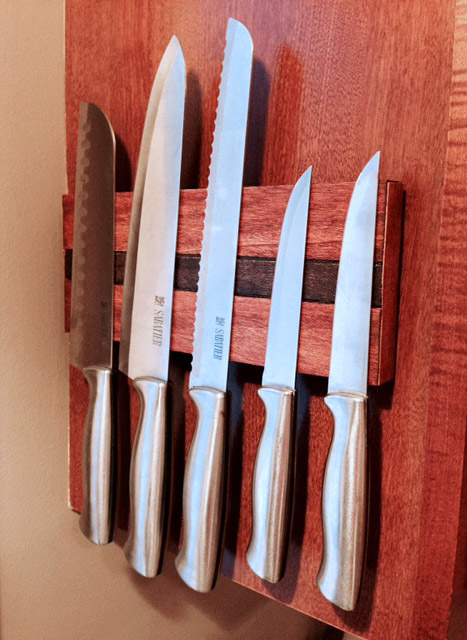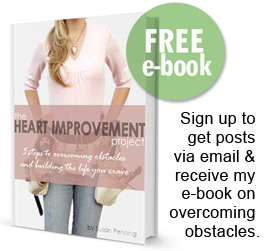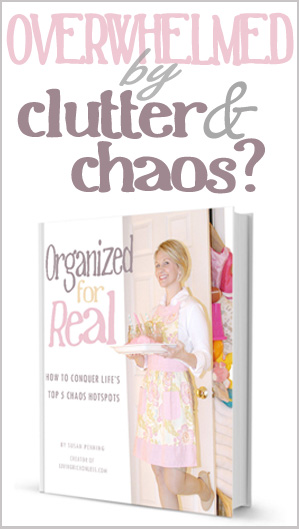10 tips for eating healthy on the cheap
 Making healthy food choices can be tough. It’s even more difficult on a budget because produce and fresh, preservative-free foods and drinks are among the most expensive items in the grocery store. Plus you’ve probably noticed that most of the coupons in Sunday newspapers or online are for chemical-laden prepared foods and sugary snacks and beverages.
Making healthy food choices can be tough. It’s even more difficult on a budget because produce and fresh, preservative-free foods and drinks are among the most expensive items in the grocery store. Plus you’ve probably noticed that most of the coupons in Sunday newspapers or online are for chemical-laden prepared foods and sugary snacks and beverages.
Rarely do I come across deep discounts on fresh produce, organic foods or staples like milk, bread and eggs. So I have to be extra clever and resourceful when purchasing these items for my family.
I try to keep in mind the following 10 tips when I hit the supermarket aisles in search of wholesome choices.
- Eat less meat. It’s expensive – especially if you’re purchasing organic or hormone-free, free-range or grass-fed varieties. We Americans eat about 20 percent more meat than we should anyway, according to data from the U.S. Department of Agriculture’s Economic Research Service.
- Substitute legumes or whole grains for meat. Legumes include alfalfa, clover, peas, beans, lentils and peanuts. They can be excellent sources of protein and fiber. Plus they are low in fat, high in vitamins and minerals, rich in antioxidants and are low-glycemic-index foods, which mean they have a slow and steady impact on blood sugar levels.
- If your budget won’t allow for all your produce to be organic, limit organic purchases to the “Dirty Dozen.” The Environmental Working Group has tested fruits and veggies and, according to their research, the following contain the highest levels and amount of pesticides: peaches, apples, sweet bell peppers, celery, nectarines, strawberries, cherries, pears, grapes, imported spinach, lettuce and potatoes. Remember to clean all produce well. (I use diluted Shaklee Basic H2.) By the way, the EWG also has a list of produce that contains the lowest levels and amount of pesticides. Click here to see the “Clean 15.”
- Buy locally and seasonally. Consider hitting your local farmer’s market as soon as it opens in the spring. Ask the farmers how they grow their foods; sometimes the stuff is minimally sprayed – or not at all – even though the food might not be classified as organic (which is a pricey certification to get). If you want to buy produce in bulk to can or freeze, ask local farmers for a discount on bulk purchases. Remember that seasonal produce is often priced lower because it travels less distance and grocers want to move large quantities quickly.
- Grow your own. If you have the time, you can’t beat the price or quality of garden-fresh, organic produce planted by your own two hands. Organic and heirloom seeds are available from companies like Seeds of Change.
- Buy in bulk. By purchasing grains, pastas, dried fruits, nuts and flours in bulk, you’ll enjoy a lower price per quantity ratio while saving on packaging, too. Just make sure you have the space to store it all. 🙂
- Eat before going to the supermarket. If you are hungry while walking the grocery aisles, you might as well have the word “sucker” scrawled across your forehead because you are going to buy more food than you need! Shop on a full stomach and you’ll be more likely to stick to your list.
- Don’t buy diet products. These items are expensive with a capital “E.” You pay for fancy packaging and marketing and, in many cases, the food is not even healthy! Don’t allow yourself to be duped by unproven “diet” products or pills. Buy your own diet food: fruits, vegetables and lean proteins.
- Plan ahead. When it comes to buying healthy food, consider mapping out your menu before the week starts. Then, visit the grocery store and only buy the items you need for that week. If you wait until 6 p.m. on Tuesday to figure out what’s for dinner, you’ll be more inclined to hit up a fast food joint.

- Make your own snacks. Pre-packaged, single-serving snacks are convenient. But you pay through the nose for that convenience. Consider making your own snack packs. Buy small, re-sealable plastic bags and fill them with healthy goodies like raisins, whole grain crackers, low-fat cheese, fruit and veggies.
When it comes to eating healthy, I’ll be the first to admit I am full of excuses. The truth is, there really are great ways to choose healthy foods without breaking the bank. It just requires a little thought and planning.
Do you have any other tips for eating healthy on a budget?
Sources: EWG, simplemom.net, daveramsey.com
I’m linking this up to Women Living Well.







These are tips that I will put to use. Thanks Susan:)
Thanks for the tips…I do several already but learned new information…Thanks for the links too!
~Darlene
awesome tips! I was blogging about food and money saving today too. We must be on the same page. 🙂 Great post! Lauren, lholmes79.wordpress.com